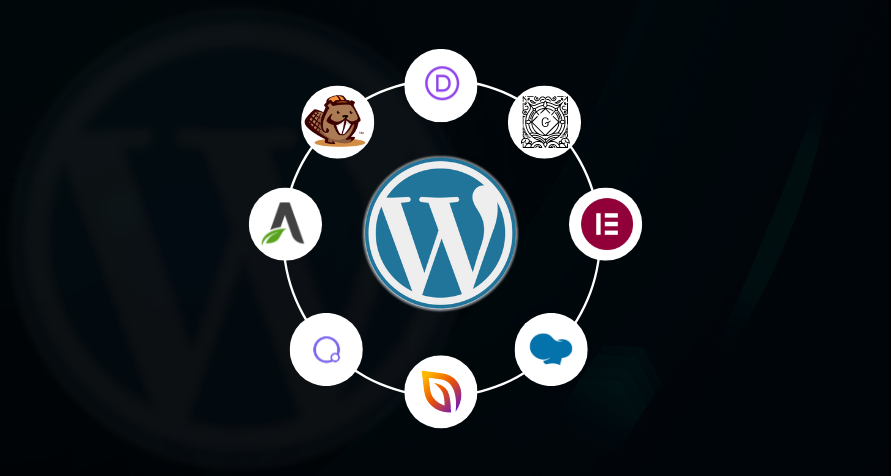Web development has come a long way in recent years, and with the growing demand for fast, reliable websites, developers need tools that can keep up. One tool that has become a favorite is Next.js. But what makes it so unique? Let’s explore why Next.js is a game-changer for web developers.
What Is Next.js?
Simply put, Next.js is a framework built on React, a popular JavaScript library for building user interfaces. While React helps you create a website’s look and feel, Next.js goes beyond that. It takes care of how your site is structured, how data is fetched, and even how pages are delivered to users. This makes the process of building websites faster and easier.
Created by Vercel, Next.js helps you build quick, scalable, and SEO-friendly websites. Whether building a simple blog or a dynamic e-commerce platform, Next.js has everything you need to succeed.
Why Developers Love Next.js
1. Choose Between Server-Side or Static Rendering
One key benefit of Next.js is that it gives you options for how your pages are displayed. You can either choose server-side rendering (SSR), where the page is built on the server every time a user visits, or static site generation (SSG), where pages are built ahead of time and served to users as they are. This flexibility helps your website perform better by choosing the best method for each page.
2. SEO Optimization Made Easy
Search engine optimization (SEO) is crucial for any website that wants to be found online. Next.js is built to help with that. By pre-rendering pages, your content loads faster and is easier for search engines to crawl and index. This can boost your rankings and bring more visitors to your site. Plus, it automatically optimizes your JavaScript and CSS files, improving your website’s speed, another important factor for SEO.
3. Simple Styling Options
Styling a website can be tricky, but Next.js makes it easy by supporting CSS and Sass. There’s no need for complicated setups — you can simply import your stylesheets and start working. This makes managing and updating your website look more straightforward and efficient.
4. Image Optimization Built-In
One of the challenges with modern websites is ensuring that images load quickly. Next.js solves this by providing an Image component that automatically optimizes your images. This means the images will load faster based on the user’s device and connection, making your site faster and more user-friendly.
5. API Routes Without the Hassle
Usually, building an API requires setting up a separate server, but with Next.js, you can create API routes within your application. This means you can handle backend tasks like form submissions, database queries, or payments directly from within your project, making development faster and simpler.
6. Easy-to-Use Routing System
Routing setting up URLs for different pages can sometimes be a hassle, but Next.js simplifies this process with its file-based routing system. Each file in your page’s directory automatically becomes a route. For example, if you create a file called about.js, Next.js will turn that into the about route. It’s that simple!
Why Performance Matters in Next.js
Performance is key in modern web development. A slow website can cause users to leave and hurt your search engine rankings. Luckily, Next.js has features that keep your site running smoothly.
Pre-rendering for Faster Load Times
By pre-rendering your pages, Next.js ensures that users don’t have to wait for the page to load. The content is ready to go as soon as they visit, providing a faster, more enjoyable experience. This also helps with SEO, as search engines favor quickly loading sites.
Code Splitting for Efficiency
Next.js also helps with performance by splitting up your JavaScript into smaller chunks. This means that only the code needed for each page is loaded, which keeps your site running fast even as it grows larger.
Fast Refresh for Developers
One of the most frustrating parts of coding for developers is waiting for changes to reflect on the page. Next.js solves this with its Fast Refresh feature, which lets you see changes in real-time without losing your app’s current state. This speeds up development and makes the process much smoother.
Who Should Use Next.js?
Next.js is a versatile framework that can be used in various projects. Here are some of the most common use cases:
E-commerce Websites: Speed and SEO are essential for online stores, and Next.js provides both. Faster load times can lead to higher conversion rates, and better SEO helps attract more customers.
Content Websites: Whether a blog, news site or personal portfolio, Next.js helps ensure your content loads quickly and can be easily updated.
Enterprise Applications: Next.js offers flexibility for large companies with complex applications. Its combination of server-side rendering and API routes makes it ideal for scaling and managing data.
JAMstack Sites: If you’re building a JAMstack (JavaScript, APIs, Markup) website, Next.js perfectly balances static and dynamic content, offering the best of both worlds.
Conclusion:
In conclusion, Next.js is a powerful tool that helps developers build fast, scalable, and SEO-friendly websites. With features like SSR, SSG, built-in image optimization, and easy-to-use routing, it’s a framework that offers much flexibility while keeping development simple.
Whether working on a small project or a large-scale application, Next.js has everything you need to create modern web applications that perform well and provide a great user experience. If you haven’t already tried it, now might be the time!






